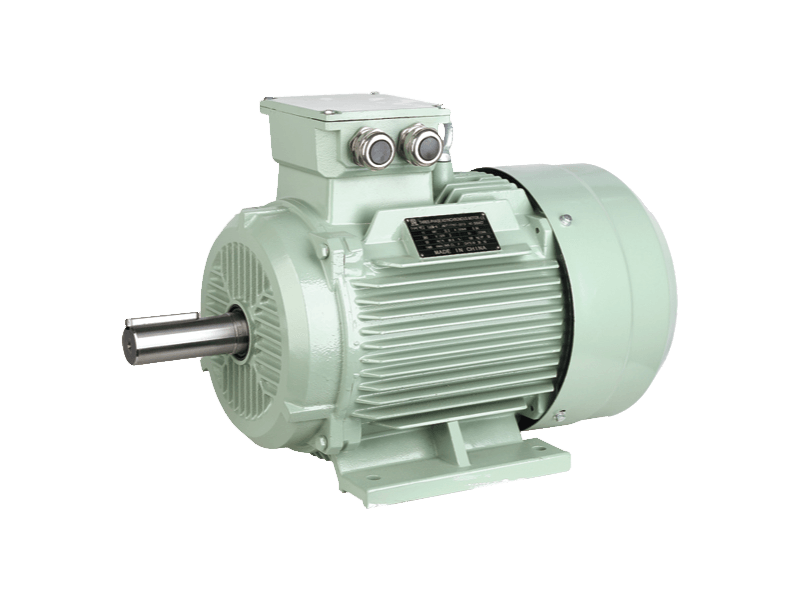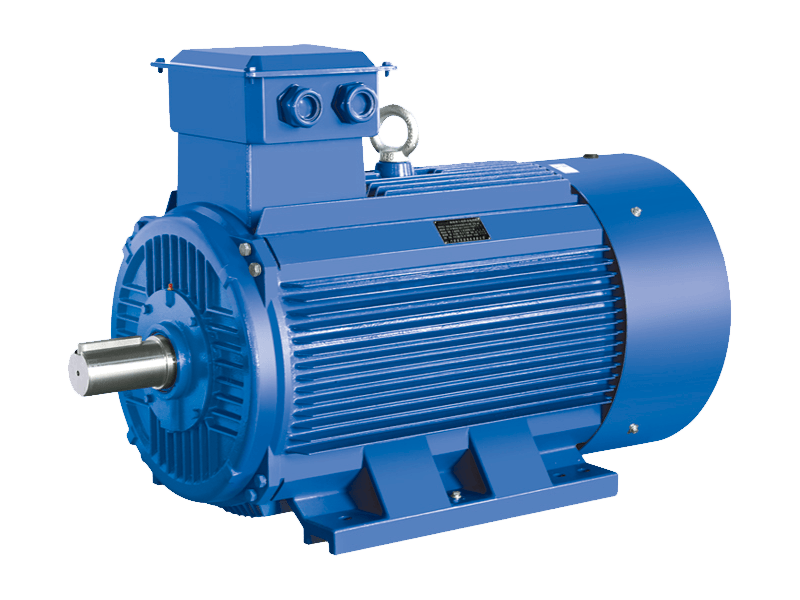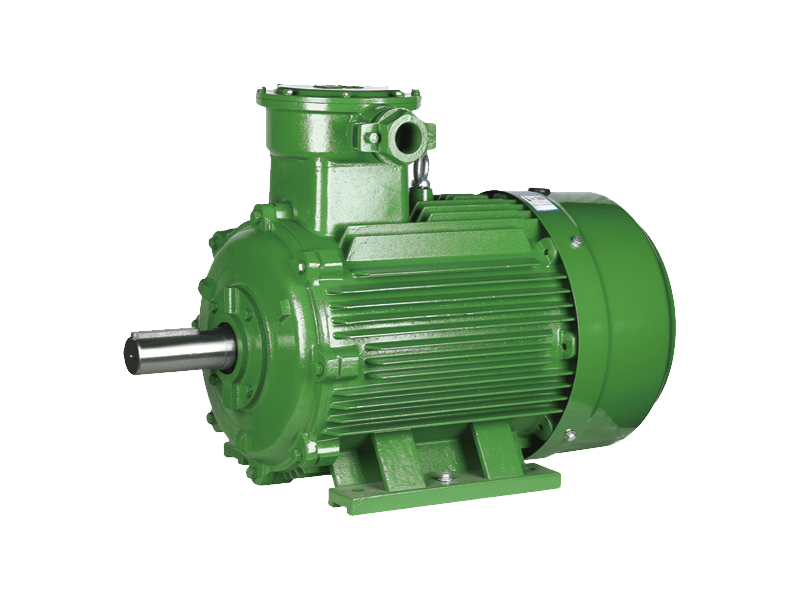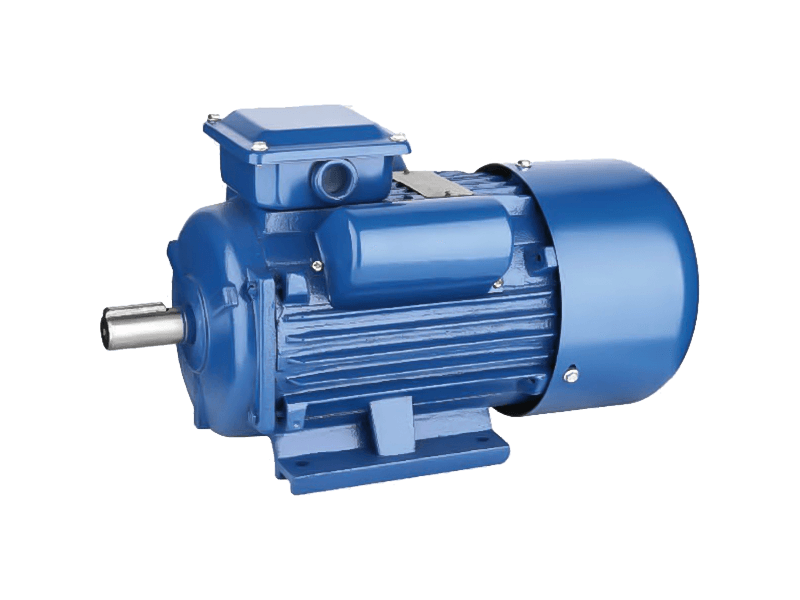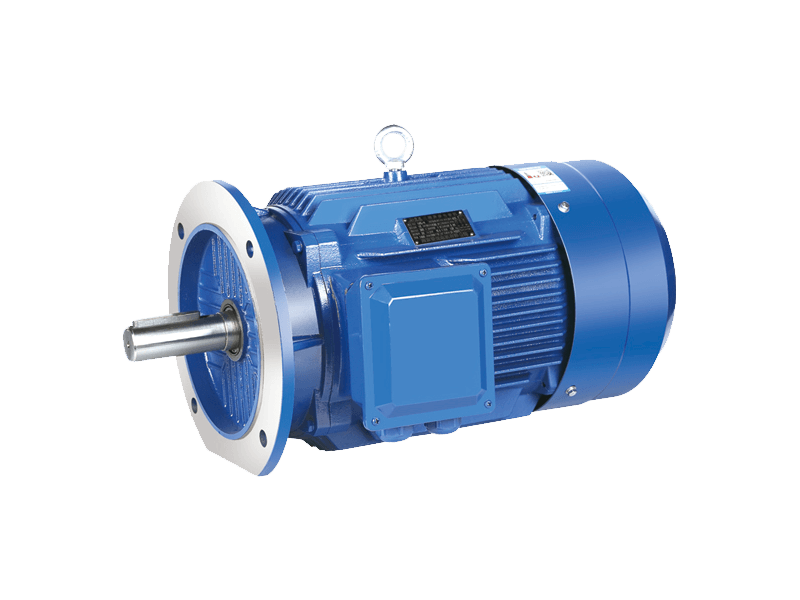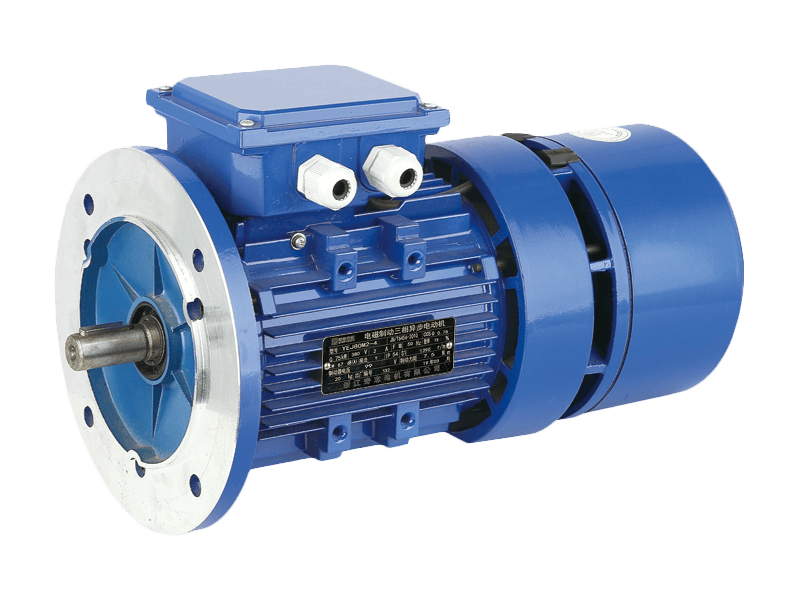In the ever-evolving landscape of industrial automation, the
Electromagnetic Speed Regulating Motor has emerged as a game-changer, seamlessly combining the power of electromagnetic technology with precise speed control capabilities. This innovative motor is redefining industrial processes by offering unparalleled control over rotational speed, contributing to enhanced efficiency, and adaptability in a wide range of applications.
The defining feature of the Electromagnetic Speed Regulating Motor lies in its ability to integrate electromagnetic speed regulation seamlessly with a powerful electric motor. This combination not only provides the necessary torque for industrial tasks but also ensures precise control over the motor's speed, contributing to increased efficiency, reduced energy consumption, and improved overall performance.
One of the standout features of this motor is its electromagnetic speed regulation system, which allows for dynamic and precise control over the rotational speed. Unlike traditional speed regulation methods that may rely on mechanical components, electromagnetic speed regulation provides a faster response, increased accuracy, and a broader range of speed adjustments. This level of control is crucial in applications where varying speeds are essential, such as conveyor systems, pumps, and fans.
In material handling systems, the Electromagnetic Speed Regulating Motor shines as a versatile solution. In conveyor systems where the material flow rate needs to be precisely controlled, this motor's ability to regulate speed on-the-fly ensures smooth and efficient operations. Additionally, in pump applications, the motor's capability to adjust speed dynamically contributes to energy savings and optimized performance.
In the manufacturing sector, where precision and adaptability are paramount, the Electromagnetic Speed Regulating Motor finds applications in machinery such as lathes, mills, and CNC machines. Its ability to regulate speed with precision allows manufacturers to tailor production processes to specific requirements, optimizing efficiency and ensuring high-quality output. This is particularly valuable in industries such as automotive manufacturing and aerospace, where precision machining is critical.
The motor's adaptability extends to ventilation and HVAC systems, where the need for variable fan speeds is common. The Electromagnetic Speed Regulating Motor provides an energy-efficient solution for adjusting fan speeds based on real-time requirements, ensuring optimal ventilation and temperature control in industrial and commercial buildings. This adaptability contributes to energy savings and increased operational efficiency.
One of the key advantages of this motor is its energy efficiency, particularly in applications where speed regulation is coupled with variable load conditions. In processes that involve fluctuating loads, the motor's ability to adjust speed dynamically ensures that energy is used only when needed, leading to reduced energy consumption and lower operational costs. This energy-efficient feature is advantageous in industries such as mining and manufacturing, where variable loads are common.
Manufacturers of Electromagnetic Speed Regulating Motors are continually investing in research and development to enhance their features. Advanced models now come equipped with improved speed regulation systems, enhanced control interfaces, and compatibility with automation systems. These advancements cater to the evolving needs of industries that demand precision control, energy efficiency, and adaptability in their operations.
As industries continue to embrace advanced technologies, the Electromagnetic Speed Regulating Motor stands as a pivotal advancement in the realm of industrial automation. Its combination of power, precision, and adaptability positions it as a key player in applications where dynamic speed control is essential. As technology continues to evolve, these motors are likely to see further refinements, contributing to the continued efficiency and adaptability of industrial operations worldwide.

